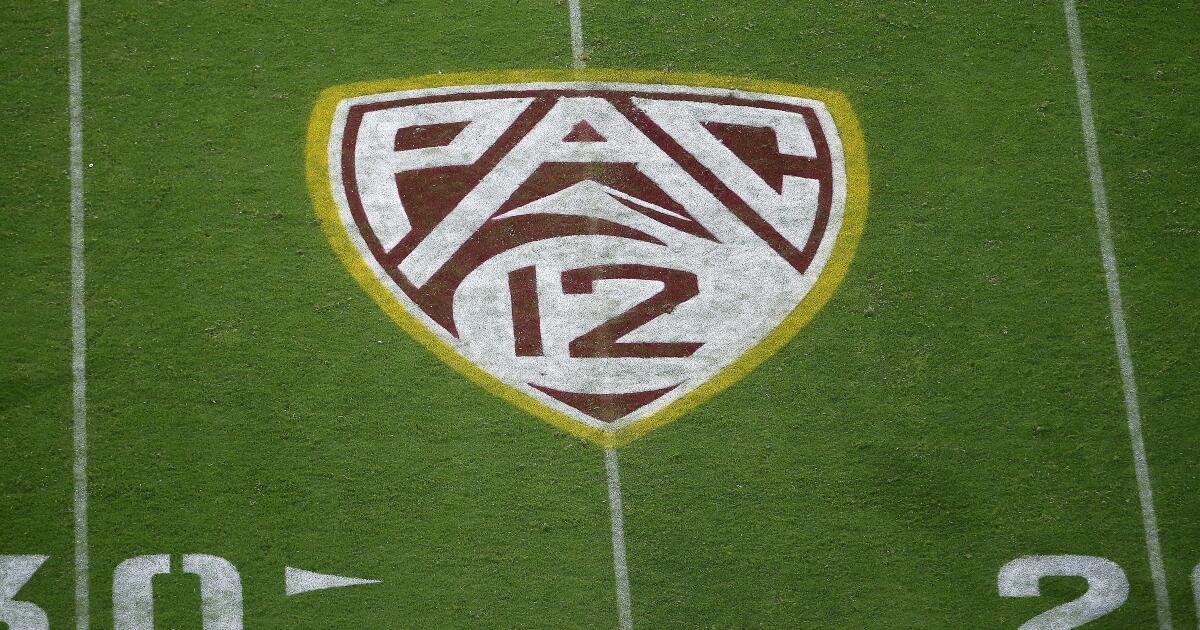RiverDog
Well-known member
That's true, but it would have had to have been one heck of a package to top what the Big 10 put together.Yeah, but if the PAC 12 was still a financially and otherwise attractive place to stay put, USC and UCLA might not have left. It's really all a guessing game/conjecture/speculation at this point.
The problem with the Pac 12 is the time zone they're in, especially for men's basketball, which often has weekday games where people/kids have to go to work/school the next morning. A 7:30 pm start out here is a 10:30pm start on the east coast. That cuts into their potential audience big time.
The east coast, on the other hand, has their games starting at 4:30pm Pacific time, so people on the west coast can easily watch Duke and North Carolina.


